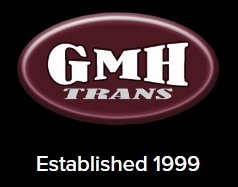
Warehouse/Cross Docking
Warehouse/Cross-docking is available at our Westminster, VT and Santa Fe Springs, CA terminals.
Warehouse Cross-docking is a practice in the logistics of unloading materials from an incoming semi-trailer truck or railroad car and loading these materials directly into outbound trucks, trailers, or rail cars, with little or no storage in between.
This may be done to change the type of conveyance, to sort material intended for different destinations, or to combine material from different origins into transport vehicles (or containers) with the same destination or similar destinations. Warehouse cross-dock operations were first pioneered in the US trucking industry in the 1930s and have been in continuous use in less-than-truckload (LTL) operations ever since.
The US military began using cross-docking operations in the 1950s. Wal-Mart began using warehouse cross-docking in the retail sector in the late 1980s. In the LTL trucking industry, warehouse cross-docking is done by moving cargo from one transport vehicle directly onto another, with minimal or no warehousing. In retail practice, cross-docking operations may utilize staging areas where inbound materials are sorted, consolidated, and stored until the outbound shipment is complete and ready to ship.
Advantages of retail cross-docking
Streamlines the supply chain, from the point of origin to the point of sale
Reduces labor costs through less inventory handling
Reduces inventory holding costs by reducing storage times and potentially eliminating the need to retain safety stock
Products reach the distributor, and consequently the customer, faster
Reduces or eliminates warehousing costs
May increase available retail sales space
Less risk of inventory handling



